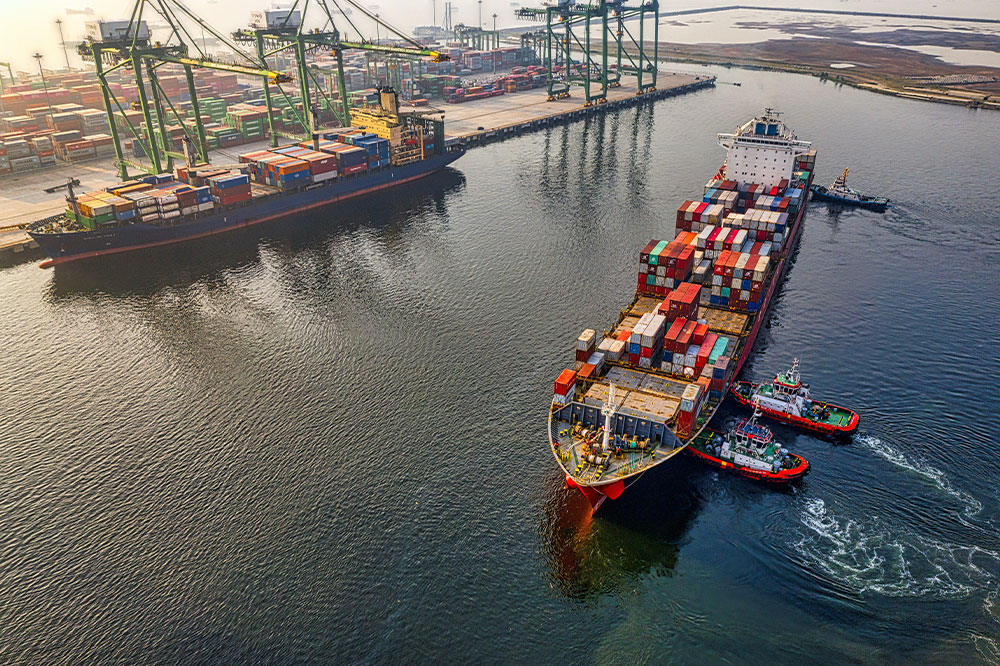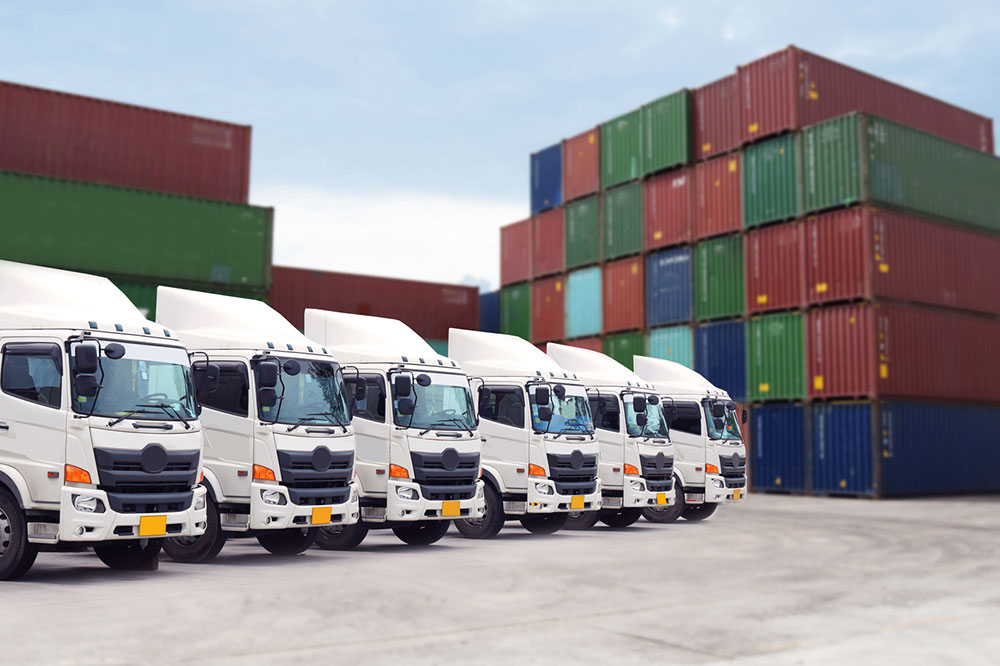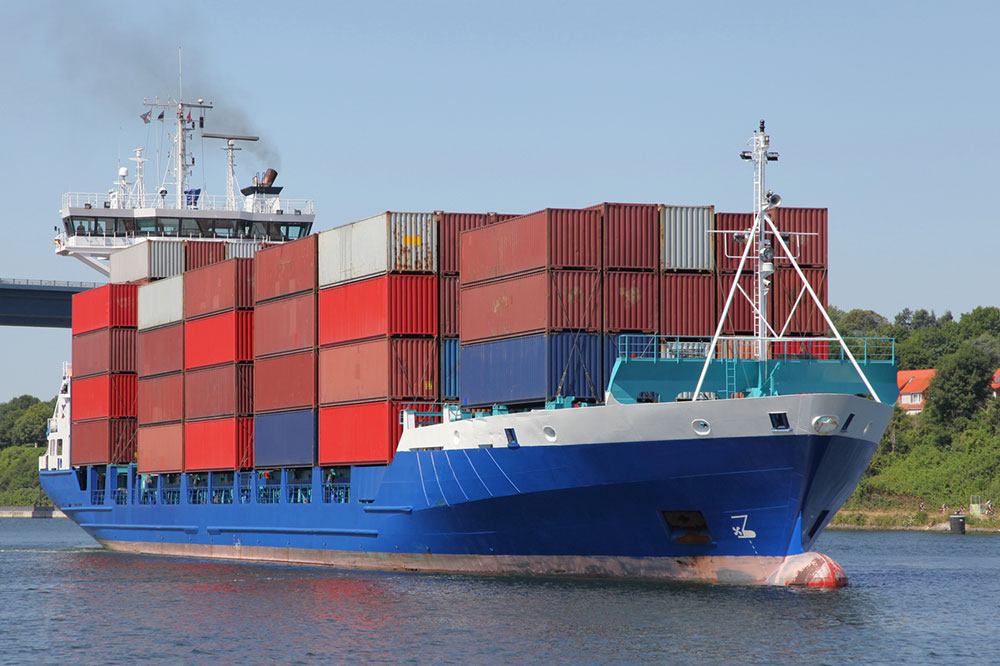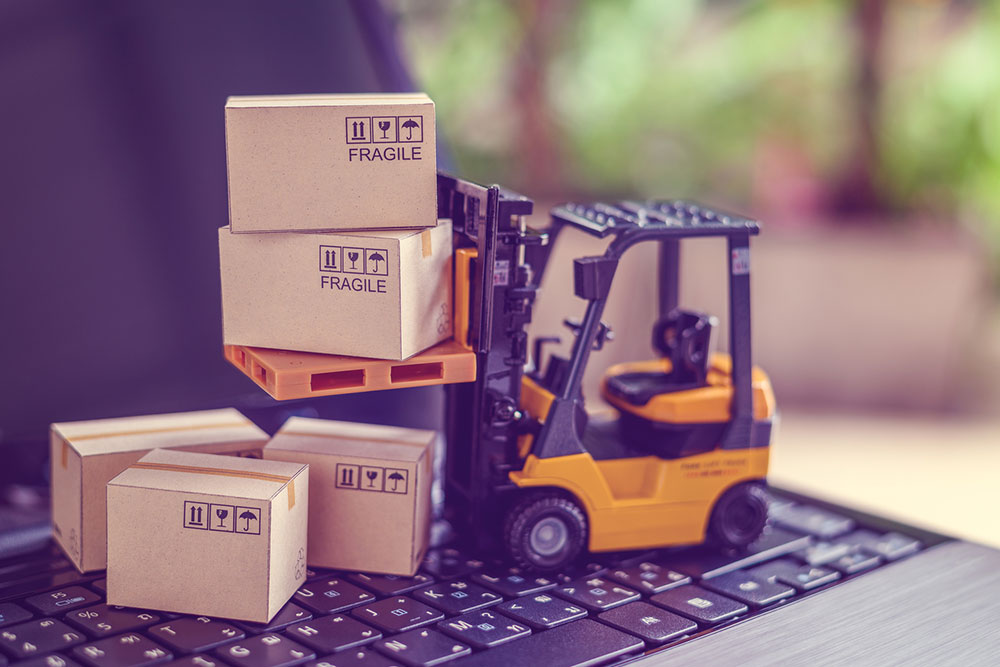Essential Guide: Avoiding the Top 4 Mistakes When Shipping LTL Freight
Discover essential tips to optimize your LTL freight shipping process. This guide covers common mistakes to avoid, including improper palletization, inaccurate weight estimation, neglecting insurance, and inadequate packaging. Learn how to ensure smooth, cost-effective freight handling, prevent damage, and improve your logistics efficiency. Perfect for businesses and individuals alike, these strategies help you save money and safeguard your shipments.

Essential Guide: Avoiding the Top 4 Mistakes When Shipping LTL Freight
Less-than-truckload (LTL) freight shipping has become an increasingly popular choice for businesses and individuals looking to transport smaller shipments efficiently and cost-effectively. Unlike full truckload shipping, LTL allows multiple shipments from different customers to share the same truck, offering significant savings and greater flexibility. However, despite its advantages, navigating the complexities of LTL shipping can be challenging, especially if common pitfalls are overlooked. In this comprehensive guide, we will explore the top four mistakes to avoid when shipping LTL freight to ensure a smooth, economical, and damage-free delivery process.
1. Neglecting Proper Palletization
One of the most fundamental yet often overlooked aspects of LTL freight shipping is the correct palletization of goods. Using pallets to support cargo provides a stable base, which is crucial for safeguarding fragile items and preventing movement during transit. Palletized shipments are easier to load, unload, and secure within the truck, minimizing the risk of damage. Conversely, some shippers opt for floor loading or loose packaging, which can lead to shifting, crushing, or other forms of damage while the truck is in motion.
Proper palletization involves selecting the right size and strength of pallets suitable for your cargo, ensuring even weight distribution, and stacking items securely. Not only does this protect your goods, but it also facilitates efficient handling during transit. Investing in high-quality pallets and following best practices for stacking can significantly reduce damage claims and shipment delays, ultimately saving costs and maintaining customer satisfaction.
2. Inaccurate Shipment Weight Estimation
Accurate weight measurement is critical in LTL shipping because freight charges are primarily based on the weight and dimensions of your shipment. Underestimating your cargo weight can lead to unexpected surcharges once the shipping provider reweighs the freight, while overestimating can result in overcharged fees, affecting your profit margins.
To avoid these issues, always weigh each package precisely using certified scales and measure dimensions accurately. Consider consolidating smaller packages to optimize space and weight. Proper documentation and communication with your freight carrier about the dimensions and weight of your shipments can help in calculating correct pricing from the outset. Accurate weight estimation ensures transparent billing and helps you avoid costly surprises, making your shipping process more predictable and cost-effective.
3. Overlooking Shipment Insurance
While many shippers assume that carrier liability covers potential damages, in practice, this coverage is often limited and may not fully compensate for all losses or damages during transit. Shipping insurance is an essential safeguard, especially for valuable, fragile, or high-value cargo.
Opting for comprehensive insurance coverage protects your shipment against accidents, mishandling, weather-related damages, and other unforeseen incidents. It provides peace of mind, knowing that if your goods are damaged or lost, you can recover the actual cost or the value of the cargo. Before dispatching your shipment, review insurance options and select coverage that aligns with the value and nature of your cargo. Proper insurance mitigates financial risks and ensures business continuity in case of mishaps.
4. Using Substandard Packaging Materials
Durable, high-quality packaging materials are vital in protecting your goods through multiple loading and unloading cycles during transit. The nature of LTL freight involves several handling points, transfers, and environmental exposures—each presenting risks of damage.
Invest in sturdy boxes, strong straps, corner protectors, and cushioning materials like bubble wrap or foam inserts. Proper packaging not only guards against physical shocks and vibrations but also provides a barrier against dust, moisture, and temperature fluctuations. Well-packaged shipments help prevent damages, reduce claims, and facilitate smoother handling processes. Remember, the effort and costs spent on quality packaging are small compared to the potential costs of damages, delays, and claim disputes.
In conclusion, successful LTL freight shipping hinges on attention to detail and proactive planning. By ensuring proper palletization, accurate weight estimation, adequate insurance coverage, and robust packaging, you can avoid common pitfalls that lead to delays, increased costs, and damaged goods. Whether you are a small business owner or an individual shipping goods, adopting these best practices will help you streamline your logistics process, reduce unnecessary expenses, and ensure your shipment arrives safely and on time. Investing time in proper preparation and partnering with reputable carriers can make all the difference in achieving efficient and worry-free LTL shipping.




